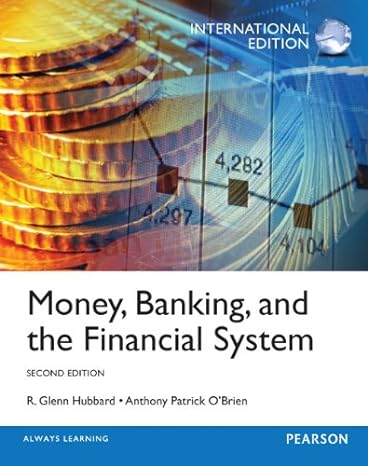Answered step by step
Verified Expert Solution
Question
00
1 Approved Answer
How can frictional unemployment be fixed. Discuss protectionist policies. What are supply side policies to combat unemployment. An investor seeks to maximise his total return
How can frictional unemployment be fixed.
Discuss protectionist policies.
What are supply side policies to combat unemployment.




Step by Step Solution
There are 3 Steps involved in it
Step: 1

Get Instant Access with AI-Powered Solutions
See step-by-step solutions with expert insights and AI powered tools for academic success
Step: 2

Step: 3

Ace Your Homework with AI
Get the answers you need in no time with our AI-driven, step-by-step assistance
Get Started


